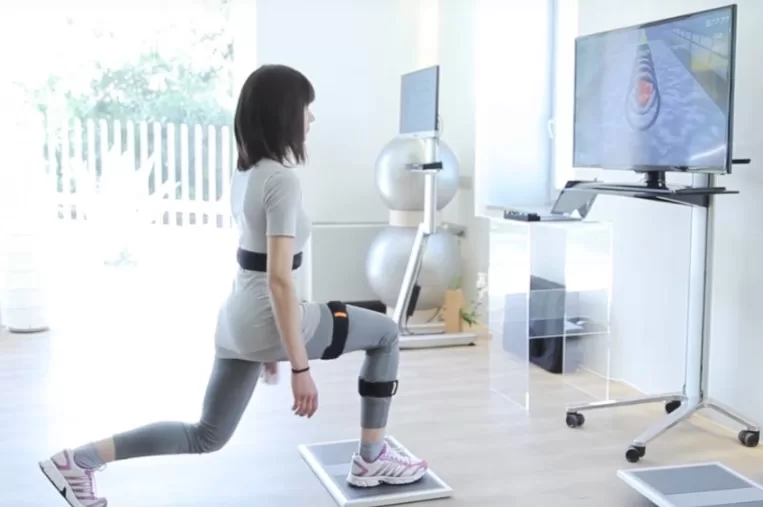e-rehabilitationTelemedicine has been around for quite some time now, but with the pandemic, it has become an essential service for healthcare providers. The need for remote healthcare has grown, and one such remote healthcare service that has gained momentum is Telerehabilitation. Telerehabilitation is the delivery of rehabilitation services using telecommunication technologies. This innovative approach to healthcare delivery has revolutionized the way physical therapy and rehabilitation are provided to patients who cannot access them easily. In this article, we will explore the world of e-rehabilitation, its benefits, and limitations, and how it is changing the face of remote healthcare.
The COVID-19 pandemic has forced people to stay indoors, leading to an increase in sedentary lifestyles, poor posture, and physical health problems. Telehealth has emerged as an effective solution for patients who require medical attention but cannot visit a healthcare facility. e-rehabilitation is a branch of telehealth that allows patients to receive physical therapy services remotely.
What is Telerehabilitation?
is the delivery of physical therapy services using telecommunication technology such as video conferencing, mobile apps, and remote monitoring devices. Telerehabilitation is a cost-effective and convenient option for patients who are unable to attend physical therapy sessions in person.
Benefits of Telerehabilitation
Convenience
One of the most significant benefits of telerehabilitation is its convenience. Patients can receive physical therapy services from the comfort of their own homes, eliminating the need to travel to a healthcare facility. This is particularly useful for patients who live in rural areas or have mobility issues.
Cost-Effective
Telerehabilitation is also cost-effective. Patients save money on transportation and other expenses associated with visiting a healthcare facility. Additionally, telerehabilitation can help reduce healthcare costs by decreasing the length of hospital stays and the need for readmissions.
Improved Access to Care
e-rehabilitation improves access to physical therapy services for patients who live in areas where physical therapy services are scarce. It also allows patients who are unable to attend physical therapy sessions in person to receive care.
Customized Treatment Plans
e-rehabilitation enables physical therapists to create customized treatment plans for patients. Through remote monitoring devices, physical therapists can track a patient’s progress and adjust their treatment plan accordingly.
How does Telerehabilitation work?
e-rehabilitation involves the use of telecommunication technology such as video conferencing, mobile apps, and remote monitoring devices to deliver physical therapy services remotely. During a e-rehabilitation session, the physical therapist will assess the patient’s condition and create a treatment plan. The patient will then receive instructions on how to perform exercises and movements. The physical therapist will monitor the patient’s progress through remote monitoring devices and make adjustments to the treatment plan as needed.
Telerehabilitation and Physical Therapy
e-rehabilitation has been proven to be an effective alternative to in-person physical therapy sessions. A study published in the Journal of Telemedicine and Telecare found that e-rehabilitation was as effective as in-person physical therapy for patients with knee osteoarthritis.
Telerehabilitation and COVID-19
The COVID-19 pandemic has highlighted the importance of telehealth services, including e-rehabilitation. As healthcare facilities become overwhelmed with COVID-19 patients, e-rehabilitation has emerged as an effective solution for patients who require physical therapy services. e-rehabilitation also reduces the risk of exposure to COVID-19 by eliminating the need for patients to visit a healthcare facility.
Telerehabilitation and the Future of Physical Therapy
e-rehabilitation is the future of physical therapy. As technology continues to advance, e-rehabilitation services will become more sophisticated, allowing physical therapists to provide even more personalized and effective care. Telerehabilitation will also continue to improve access to physical therapy services for patients who live in remote or underserved areas.
Conclusion
e-rehabilitation is an effective and convenient option for patients who require physical therapy services but are unable to attend in-person sessions. Telerehabilitation is cost-effective, improves access to care, and allows physical therapists to create customized treatment plans. Telerehabilitation is the future of physical therapy, and as technology continues to advance, it will become an even more effective solution for patients who require physical therapy services.


